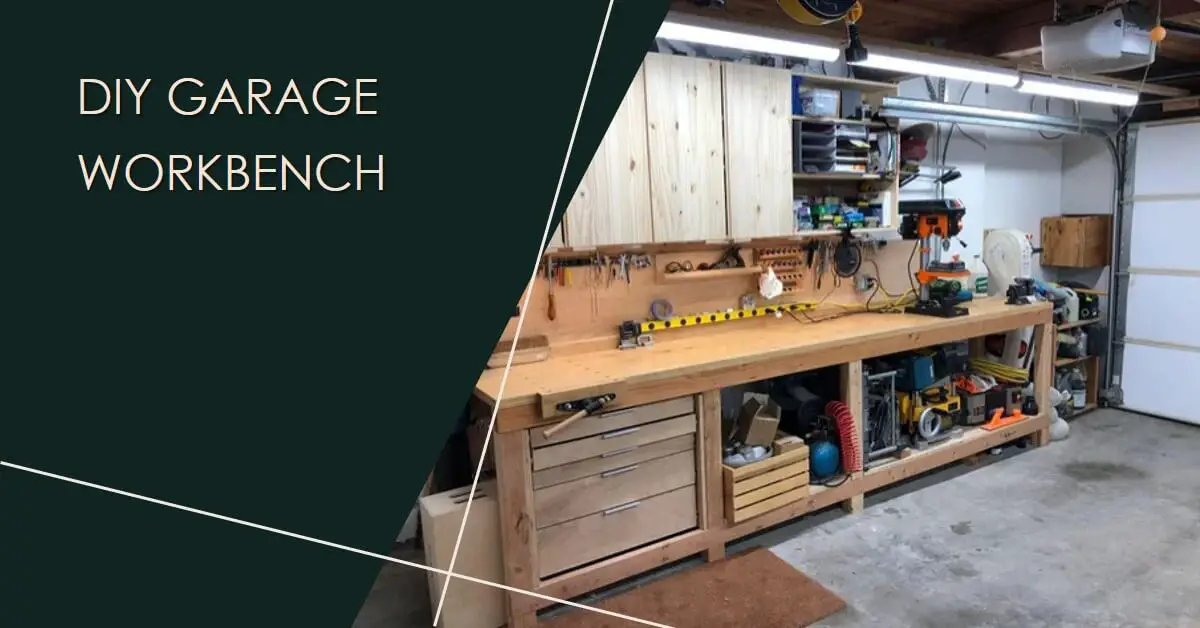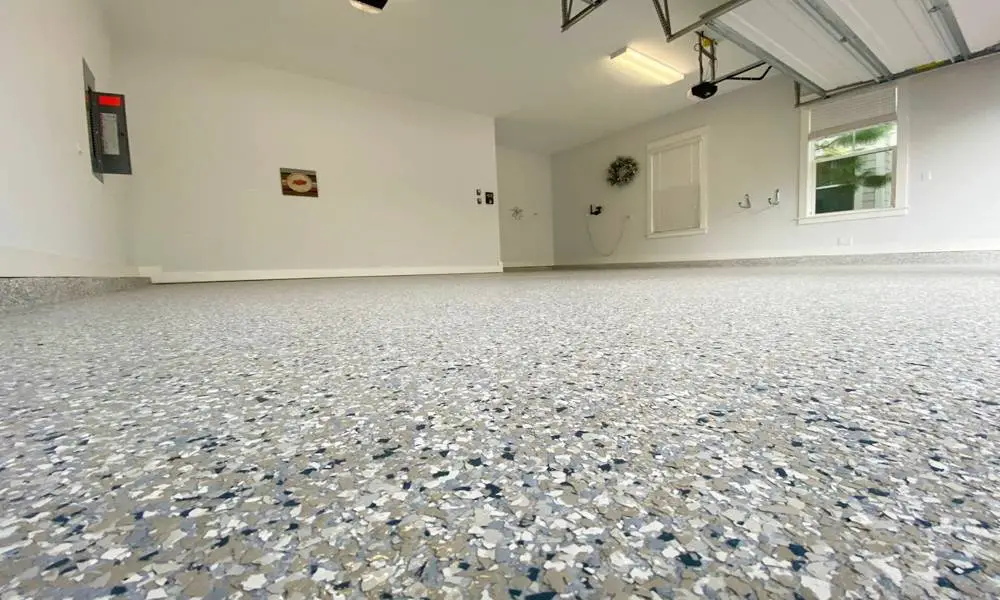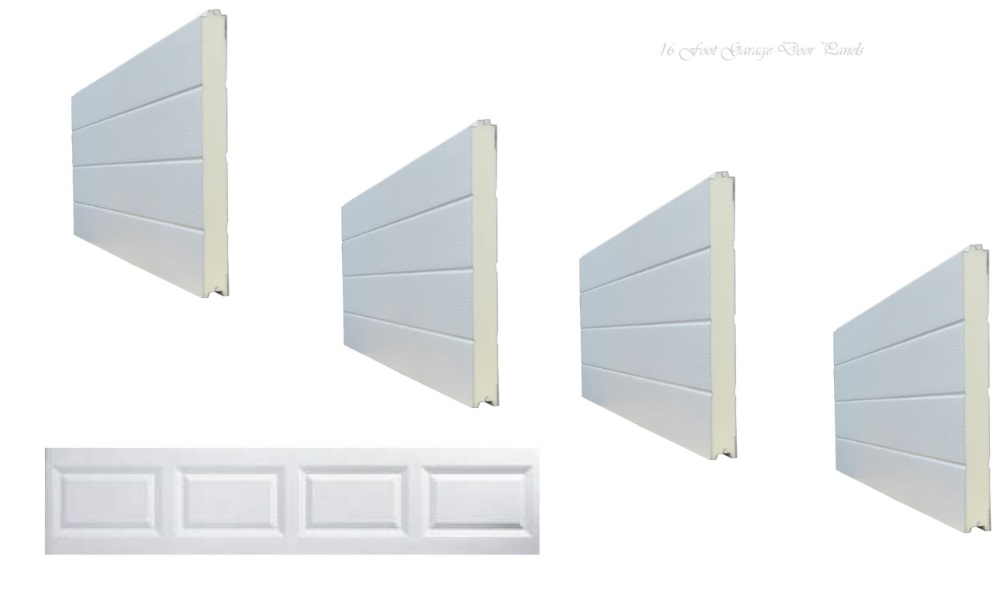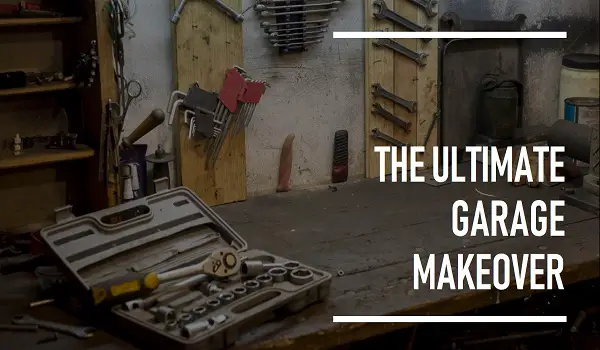How to Make a Garage Workbench: A Step-by-Step Guide
How to Make a Garage Workbench Embarking on the journey of crafting a garage workbench is not just a practical […]

How to Make a Garage Workbench
Embarking on the journey of crafting a garage workbench is not just a practical endeavor but a delightful voyage into the world of do-it-yourself (DIY) projects. This hands-on experience promises not only a functional workspace but a sense of accomplishment that reverberates each time you utilize your creation.
Whether you’re an avid woodworking enthusiast seeking the perfect platform for your craftsmanship or someone in need of a robust surface for a myriad of tasks, the prospect of building your own workbench is laden with possibilities.

Materials and Tools
Before diving into the construction process, it’s important to gather all the necessary materials and tools. Here’s a list of what you’ll need:
- Wood for Bench Top:
- Choose a material based on your preference and budget. Options include thick, wooden butcher-block-style tops, thin, hard wooden sheets, stacked plywood, or a salvaged solid-core door.
- 4x4s for Legs:
- Four sturdy and straight 4x4s will serve as the legs of your workbench. Ensure they are of sufficient length for your desired bench height.
- 2x4s for Leg Braces:
- Obtain enough 2x4s to cut four leg braces. The quantity will depend on the design you choose for additional stability.
- Bolts, Washers, and Nuts:
- Select bolts that are compatible with your chosen wood thickness. Ensure you have enough washers and nuts to secure the braces and legs firmly.
- Wood Glue:
- A strong wood glue will enhance the bond between components, adding to the overall stability of your workbench.
- Wood Screws:
- Depending on your chosen design, have an adequate supply of wood screws for additional reinforcement.
- Measuring Tape:
- A reliable measuring tape is crucial for obtaining accurate dimensions for your workbench.
- Pencil and Paper:
- Keep a pencil and paper handy for sketching, noting measurements, and making any necessary adjustments on the fly.
- Circular Saw or Jigsaw:
- A circular saw or jigsaw will be indispensable for cutting the bench top and other wooden components to the required dimensions.
- Power Drill:
- A power drill with various drill bits, including a 3/8-inch bit for creating holes, is essential for assembling your workbench.
- Wrench:
- A wrench is necessary for tightening nuts onto bolts securely.
- Safety Gear:
- Prioritize safety with protective gear, including safety glasses, ear protection, and dust masks.









